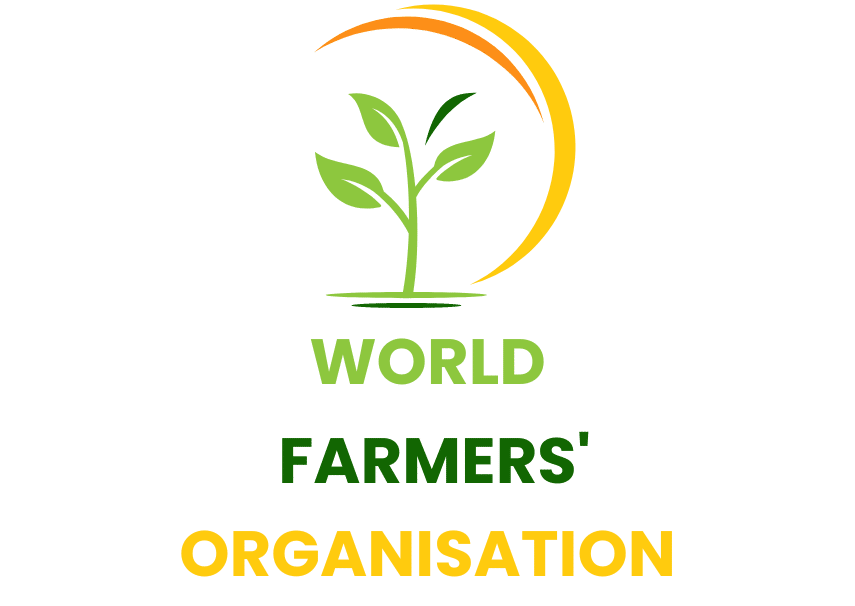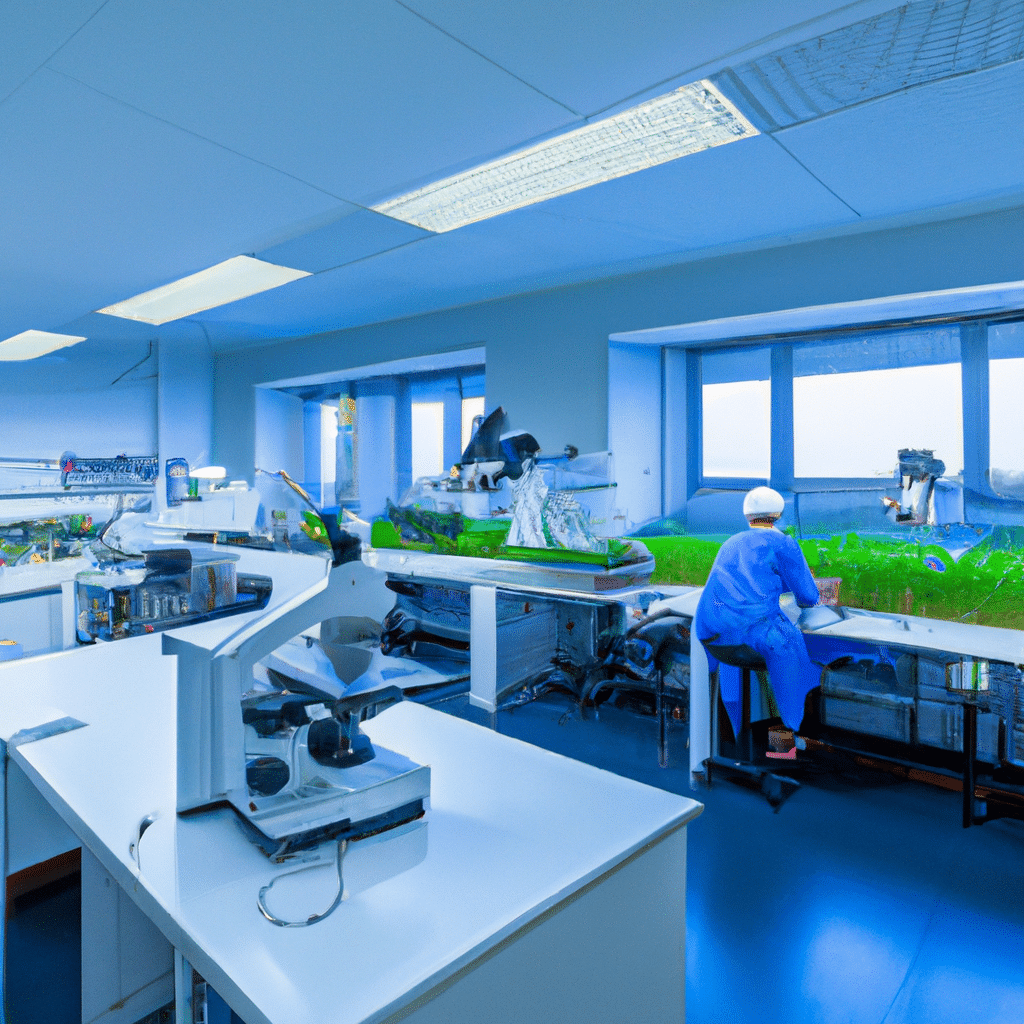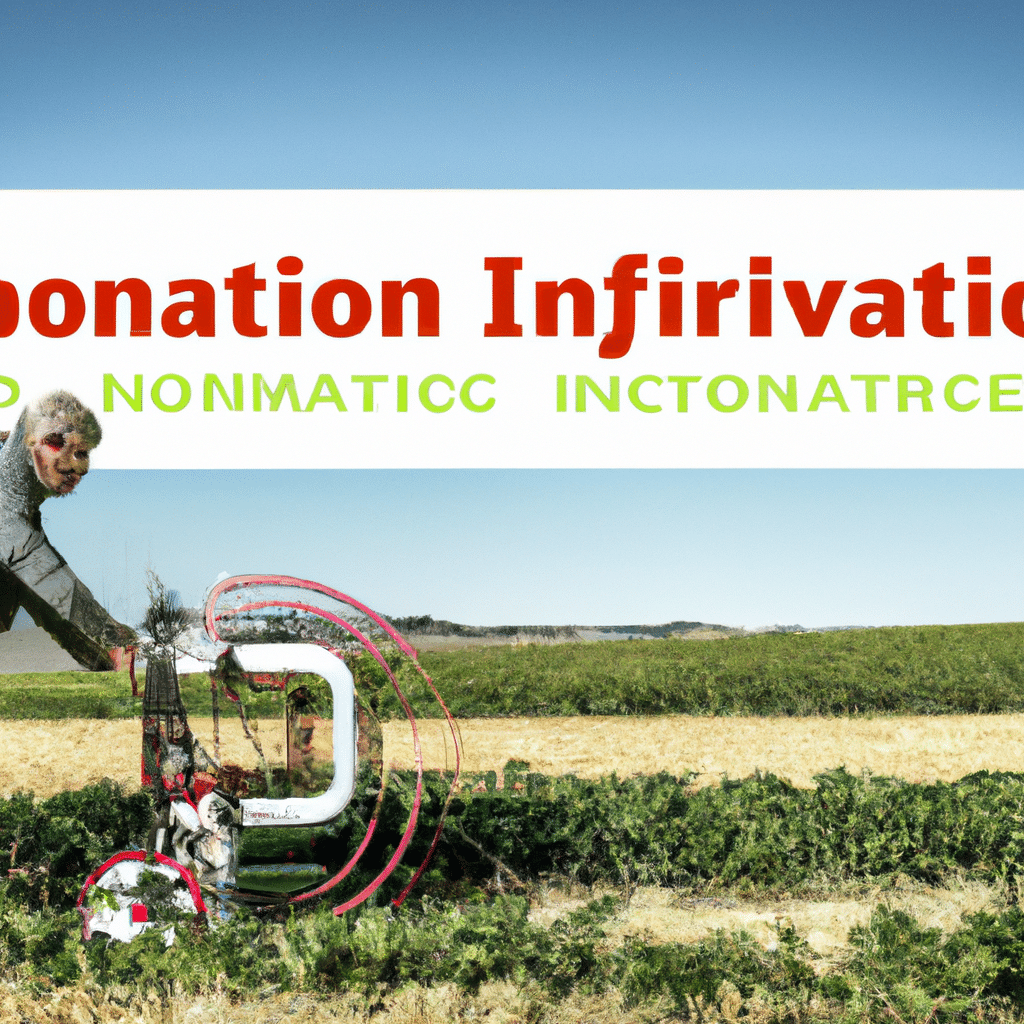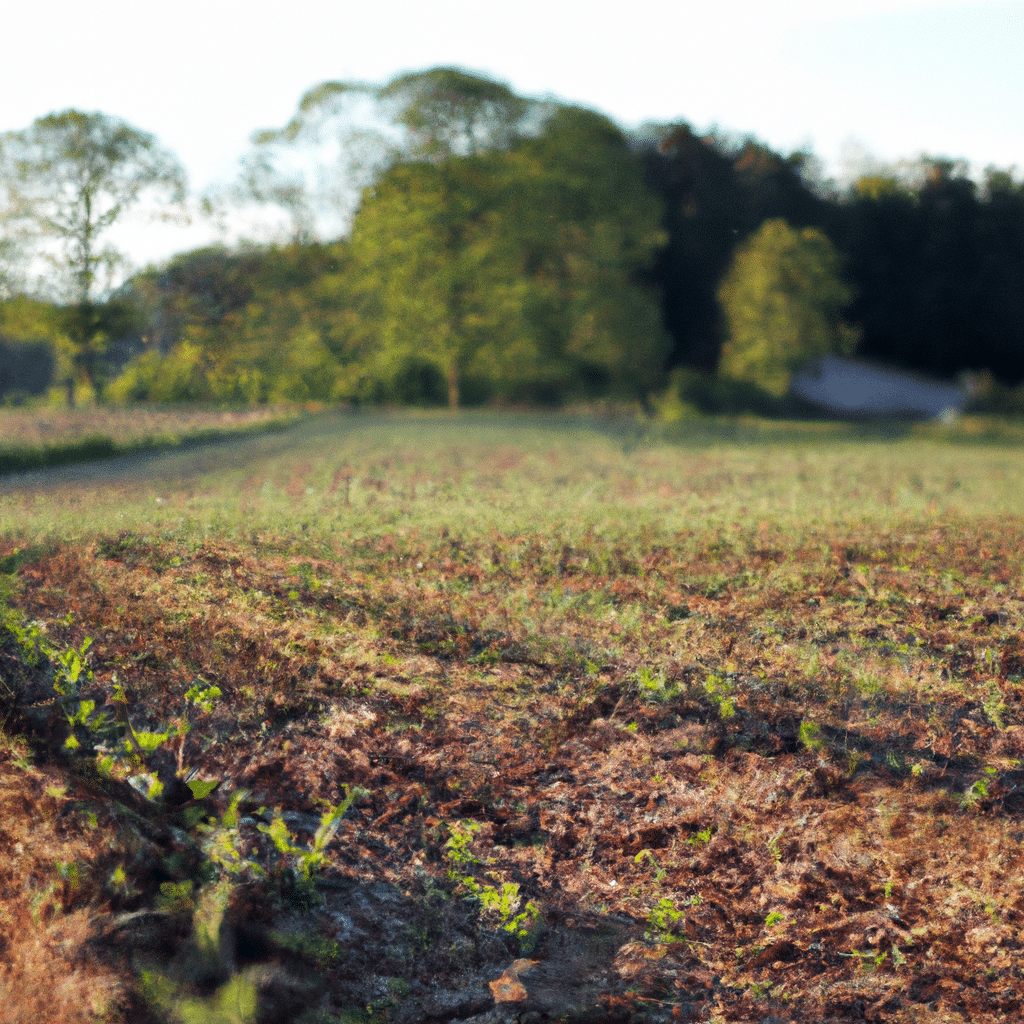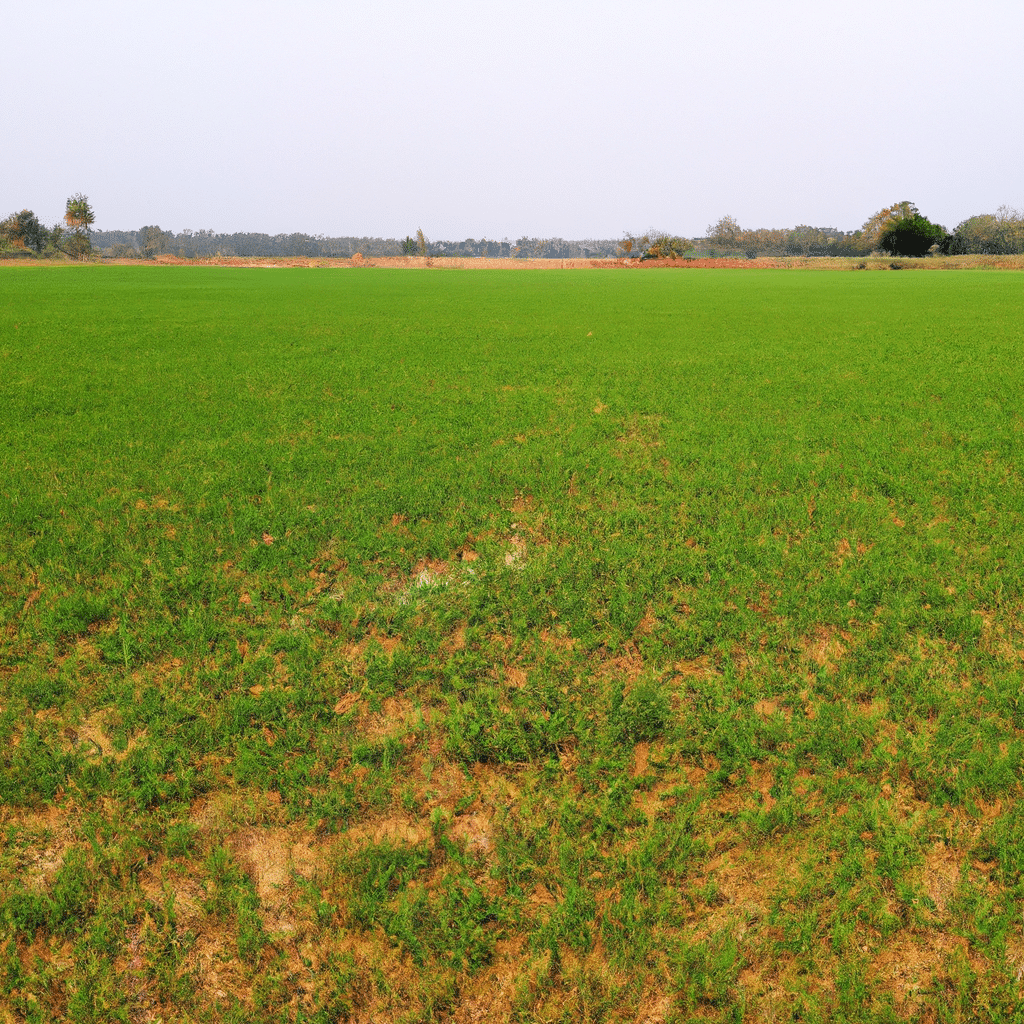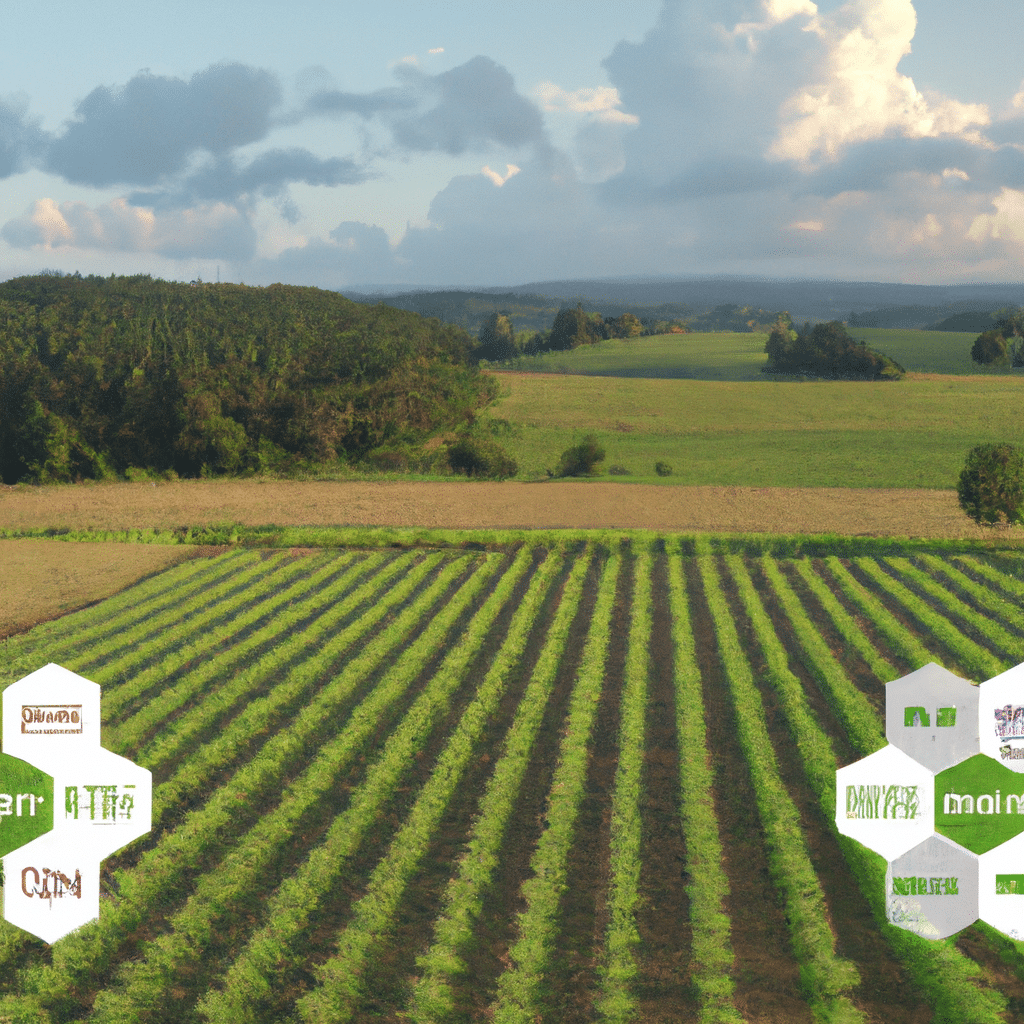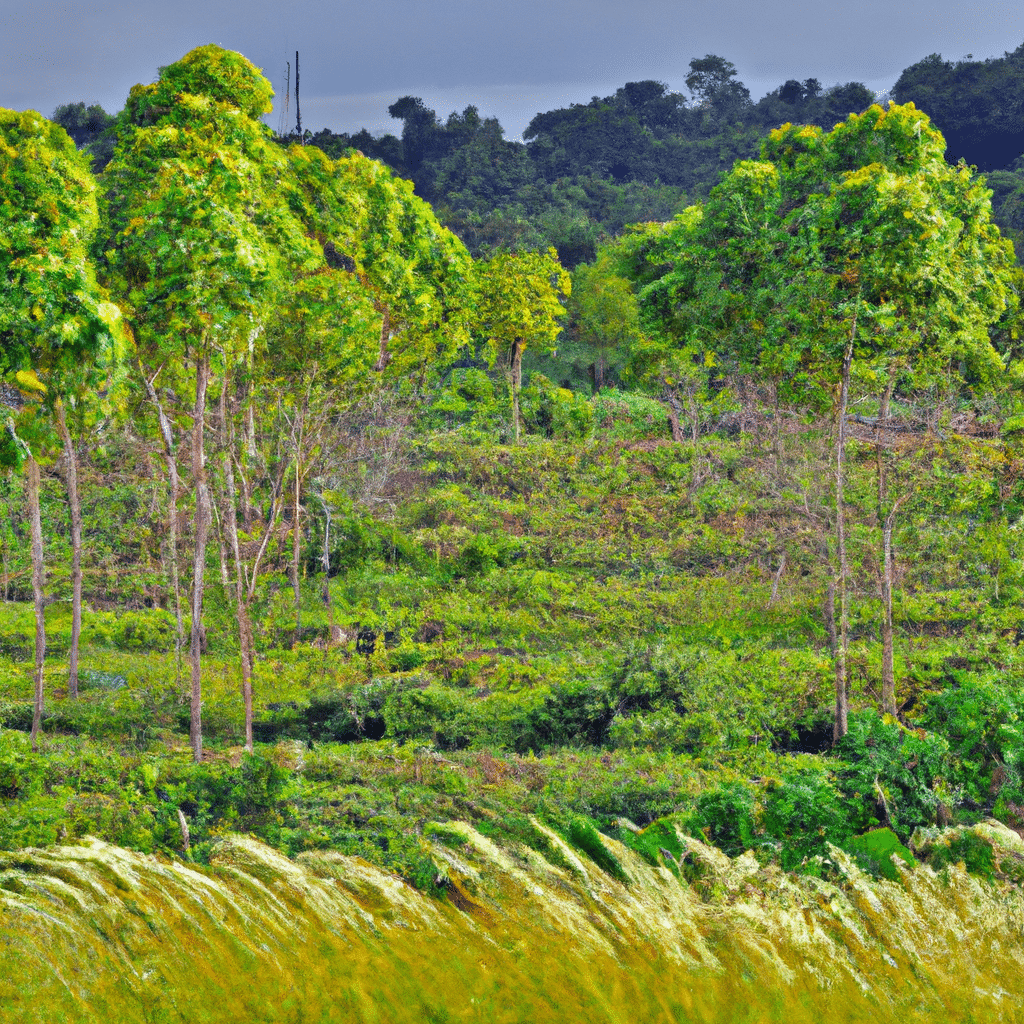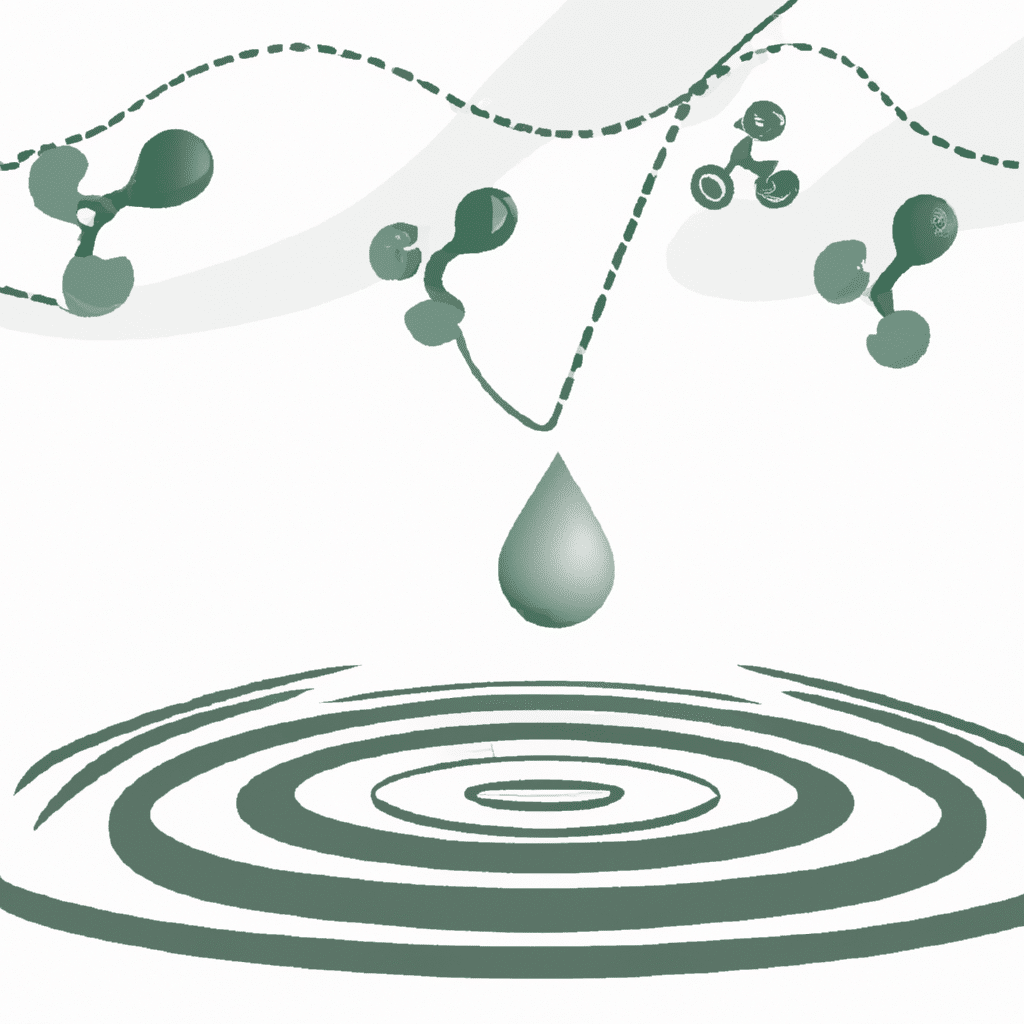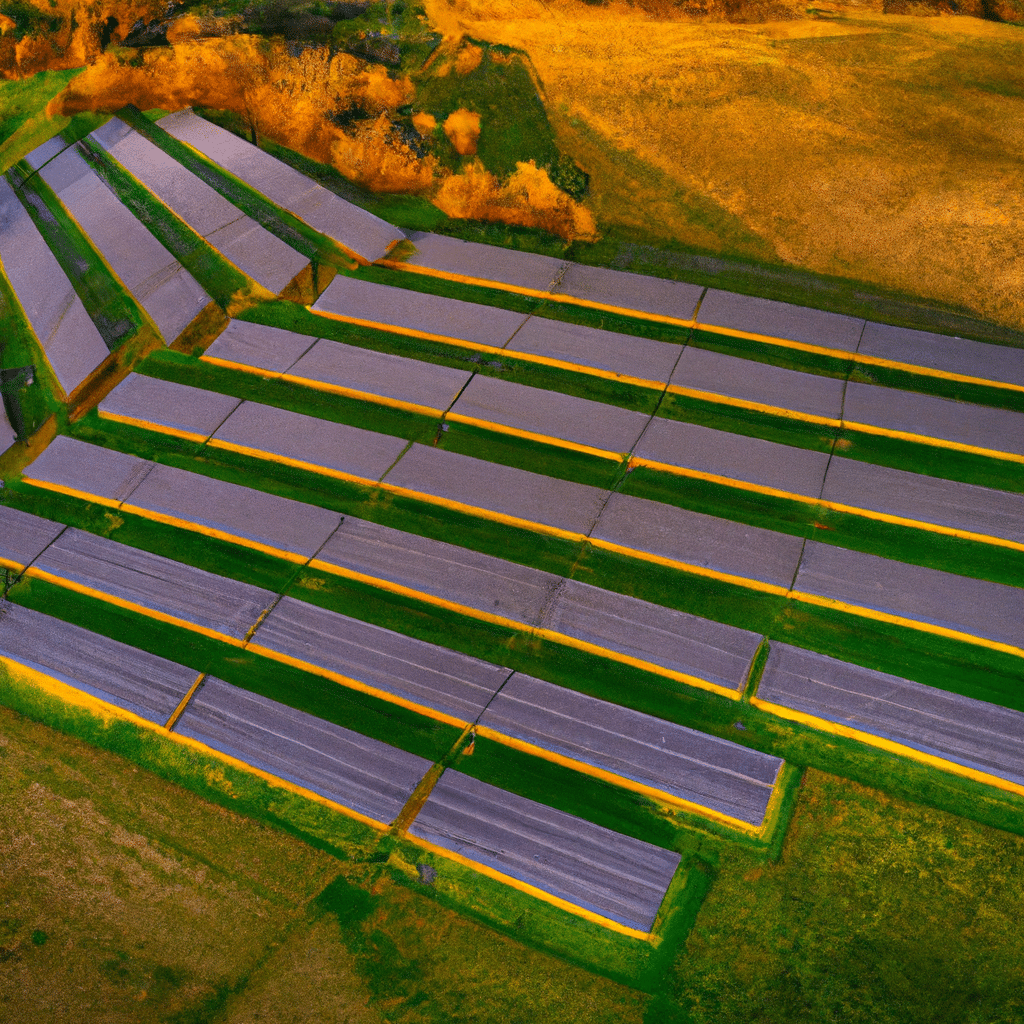In recent years, there has been a growing recognition of the vital role women play in the agricultural sector. Women not only contribute significantly to food production but also play a crucial role in sustainable farming practices and rural development. However, they often face numerous challenges and barriers that limit their full potential. In this article, we will explore how collaborative projects are empowering women in agriculture and driving positive change in their lives and communities.
The Gender Gap in Agriculture
Historically, agriculture has been perceived as a male-dominated industry. Women, despite their integral role, have faced gender-based discrimination, limited access to resources, and inadequate representation in decision-making processes. This gender gap not only hampers women’s empowerment but also inhibits agricultural productivity and sustainable development.
Collaboration as a Catalyst for Change
Collaborative projects have emerged as a powerful tool to address the gender gap in agriculture. By bringing together various stakeholders, including government agencies, non-profit organizations, and local communities, these projects aim to empower women and create an enabling environment for their participation and leadership.
1. Access to Resources and Training
One of the key aspects of collaborative projects is improving women’s access to resources and training. This includes providing them with equal access to land, credit facilities, improved technologies, and agricultural inputs. Additionally, training programs are designed to enhance women’s knowledge and skills in modern farming techniques, sustainable practices, and entrepreneurship.
2. Capacity Building and Skill Development
Collaborative projects focus on capacity building and skill development to equip women with the necessary knowledge and expertise to thrive in the agricultural sector. This includes training on financial management, marketing strategies, value addition, and leadership skills. By enhancing women’s capabilities, these projects enable them to take on more active roles in decision-making processes and seize economic opportunities.
3. Networking and Knowledge Exchange
Collaborative projects foster networking and knowledge exchange among women in agriculture. By creating platforms for interaction and sharing experiences, women can learn from each other, build supportive networks, and access information on best practices, market trends, and innovations. This collaboration not only enhances their productivity but also promotes innovation and resilience in the face of challenges.
4. Advocacy and Policy Influence
Another crucial aspect of collaborative projects is advocating for policies and reforms that promote gender equality and women’s empowerment in agriculture. These projects work towards influencing policymakers and creating an enabling policy environment that recognizes and supports women’s rights, access to resources, and participation in decision-making processes.
Conclusion
Collaborative projects have emerged as a powerful force in empowering women in agriculture. By addressing the gender gap, providing access to resources, promoting capacity building, fostering networking, and advocating for policy reforms, these projects are transforming the lives of women farmers and driving sustainable development in rural communities.
As we move forward, it is crucial to continue supporting and scaling up collaborative projects that prioritize gender equality and women’s empowerment in agriculture. By harnessing the strength in numbers and leveraging the potential of women, we can create a more inclusive, resilient, and sustainable agricultural sector that benefits not only women but society as a whole.
